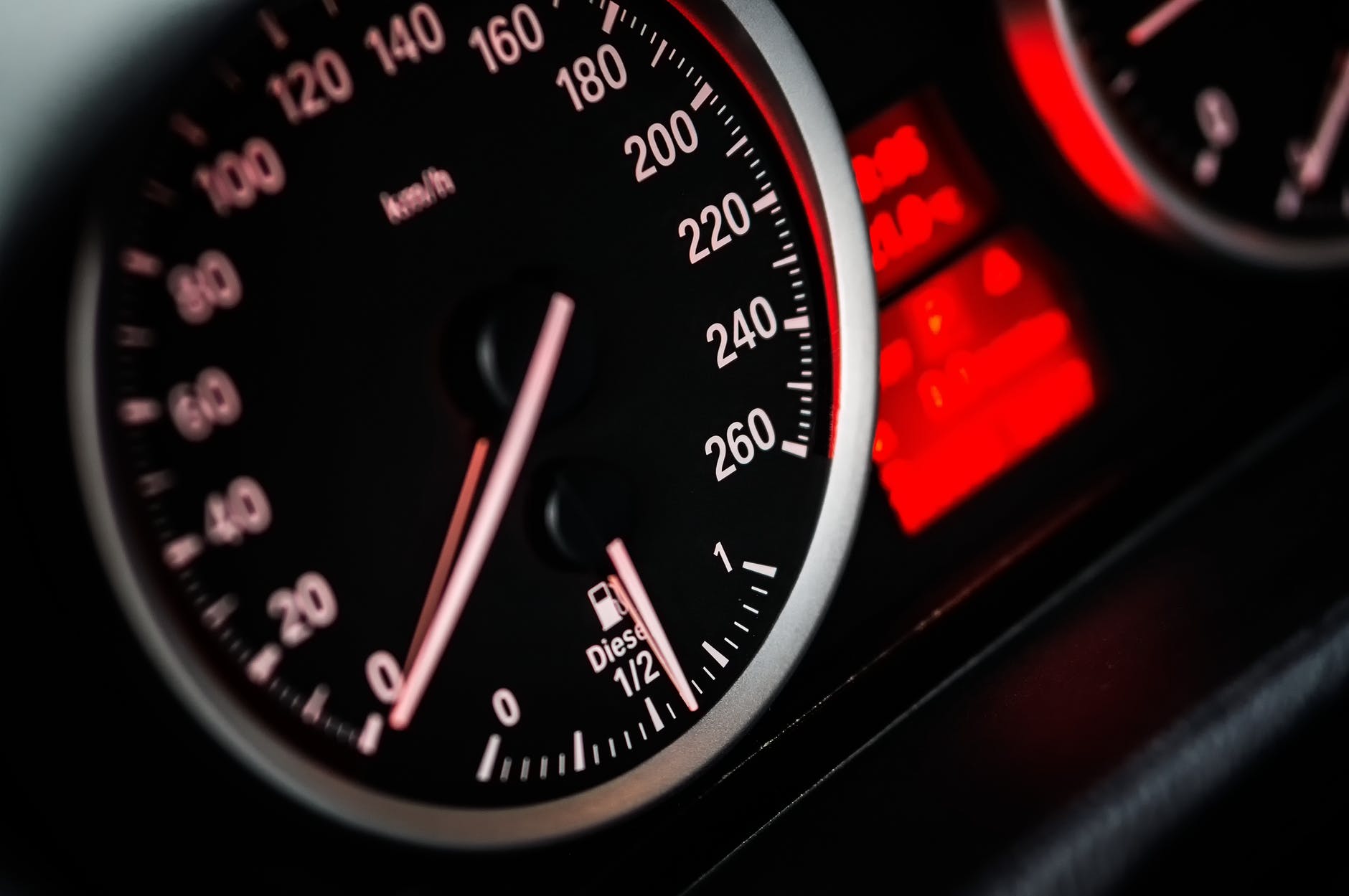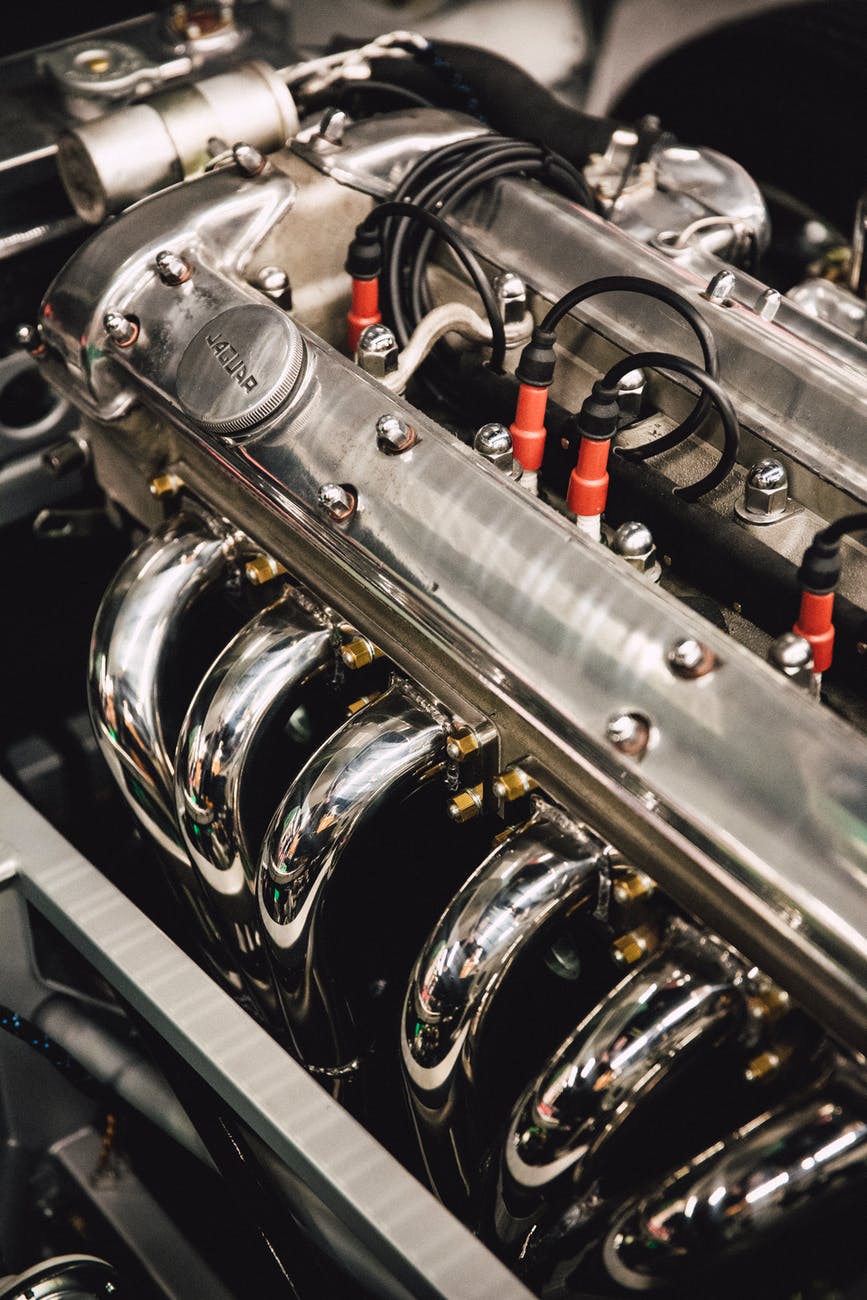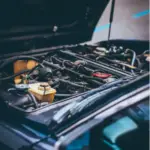Fuel trims provide vital insight on your engine’s performance. What’s so nice about looking at fuel trims is that you can compare the data to the actual manufacturer’s specification for your engine. This can be so beneficial in determining the root cause of check engine lights and drivability issues. But before we get into that let’s look at what a fuel trim is.
What Does Fuel Trim Mean?
Fuel trims are what an engine control system uses to compensate for variations or problems in the air/fuel mixture supplied to the engine for combustion.
The engine control module (ECM) utilizes sensors like the mass air flow sensor to determine how much air is going through the intake of the engine. The ECM then takes this information and calculates the ideal air/fuel ratio that the engine needs for healthy combustion. The ECM will then control the injectors and the amount of fuel added to the engine.

It doesn’t just stop here, the ECM also checks the exhaust to determine if it had the right mixture. It does this by using O2 sensors in the exhaust. Based on how much oxygen is left over from combustion and the amount of fuel injected, the ECM can calculate what the actual air/fuel mixture was.
If the ECM determines that the injected fuel was too much or too little, it can add or subtract the fuel to “trim” the injected fuel to the appropriate mixture for combustion. The difference between the calculated amount of fuel to be delivered and the actual amount of fuel delivered to the engine is the fuel trim. The ECM uses a long term fuel trim, LTFT, and a short term fuel trim (STFT).
Why is Fuel Trim Important
Your engine needs to run at a specific air to fuel ratio. The ideal ratio is 14.7 to 1. This means that in order to burn 1lb of fuel, you would need 14.7lbs of air. Your actual engine will likely run at a ratio less than that. Typical production vehicles have a normal operating air/fuel ration of 10.5-12.5 to 1.
Fuel trims are important to the engine so that your engine can adjust the amount of fuel injected into the cylinders based on the air in the intake. There are a lot of conditions that impact the amount of air entering your engine.
Hotter air as the air particles farther apart and you need less fuel for the right mixture. However colder dense air has many air particles in the same amount of volume and as a result your engine needs to inject more fuel. Driving through mountains at high altitude and even humidity can impact your air fuel ratio.
The engine has to be able to compensate for any of these changes so it needs accurate sensors in the air intake telling the ECM how much air was sucked in, and O2 sensors to see how much air is left over. Fuel Trims are needed because your ECM can get the air/fuel mixture wrong, and it needs a fuel trim to compensate for these errors.
What is the difference between Long Term Fuel Trim (LTFT) and Short Term Fuel Trim (STFT)?
Short term fuel trim is used to make immediate adjustments to the fuel delivery whereas long term fuel trim is a slower adjustment. LTFT is stored permanently in the ECM memory and it learns from STFT.
LTFT takes a few seconds to be updated but STFT is much quicker. Short term fuel trim adjustments are usually made a few times each second and these adjustments aren’t stored in the ECM’s memory.
Both short and long term fuel trims are measured in percentages. If the fuel trim is a positive number it means that the ECM is increasing the fuel supplied to the engine. If its a negative percentage its reducing the fuel supplied to the engine.
What are Normal Fuel Trim Values?
The perfect fuel trim value would be 0% because this would mean that the ECM is injecting the perfect amount of fuel for the engine. However a 0% short term fuel trim and long term fuel trim is unlikely. Your short term and long term fuel trims will likely be at different percentages and that’s okay.

An engine in good mechanical health with sensors metering the intake air and fuel should have a short term fuel trim between -10% and +10% when the engine is running at a constant speed. The long term fuel trim should be closer too 0% with the engine at a constant speed. Although 0% is the target LTFT that are under +/- 10% don’t necessarily mean your engine has a problem. However if the percentage exceeds +/-10% the fuel trim should be investigated further as there likely is a problem.
An improper fuel trim can trigger a check engine light. For most engines the limit is +/-25%. If your fuel trim exceeds this percentage you will likely see the check engine light make an appearance on your dashboard.
How to measure Fuel Trim
If your car was made after 1996 it will have the OBD-II or onboard diagnostics II capability. This means that you can use an OBD-II scanner to read and record your fuel trims. You can find OBD-II scanners at most auto stores or on line shops.
I was impressed with the capabilities of the INNOVA Car Scan 5210. This scanner can read your fuel trim, emissions, check engine lights, and even clear codes after the repairs have been made. Overall a code scanner is a great investment for car owners wanting to self-diagnose their vehicles.
Some scanners will show two sets of LTFT and STFT values, and this is because the engine has multiple banks. In a V-6 or V-8 engine, the engine block has a left and a right bank and each bank will have its own set of data.
How to use Fuel Trim to Troubleshoot
Fuel trim readings can be very beneficial in diagnosing problems in your engines fuel deliver, air intake, or ECM. Your LTFT should be near 0% but if it exceeds 25% the check engine light will come on. Reading the fuel trim and using an OBD-II scanner can help you determine if the engine is running lean or rich.
A positive LTFT by 25% or more means that the fuel mixture is lean and the ECM is adding additional fuel to get back to a proper air/fuel mixture. The problem could be either the fuel delivery or with a leak in the air intake. If the injectors are clogged, the fuel pump has worn out, or a clogged fuel filter, it could cause a lean air/fuel mixture. However if there’s an air leak behind the mass air flow sensor, your engine won’t be able to read the extra air that is entering the engine and it will cause it to run lean.
If the LTFT is a negative percentage, the ECM is reducing fuel because the air/fuel mixture is rich. The cause for a lean air/fuel mixture could be either the a restriction in the air intake. A clogged air filter could easily restrict air flow causing the LTFT to exceed -25%. The problem could also be with the fuel delivery. A leaky fuel injector, excessive fuel pressure, or even a bad O2 sensor could cause the rich air/fuel mixture.
Conclusion
Fuel trims are an excellent tool for diagnosing issues in the air/fuel ratio of your engine. Whether your engine is running lean, rich, or even has a check engine light, scanning for LTFT and STFT is an easy way to pinpoint where the problem is originating from.




